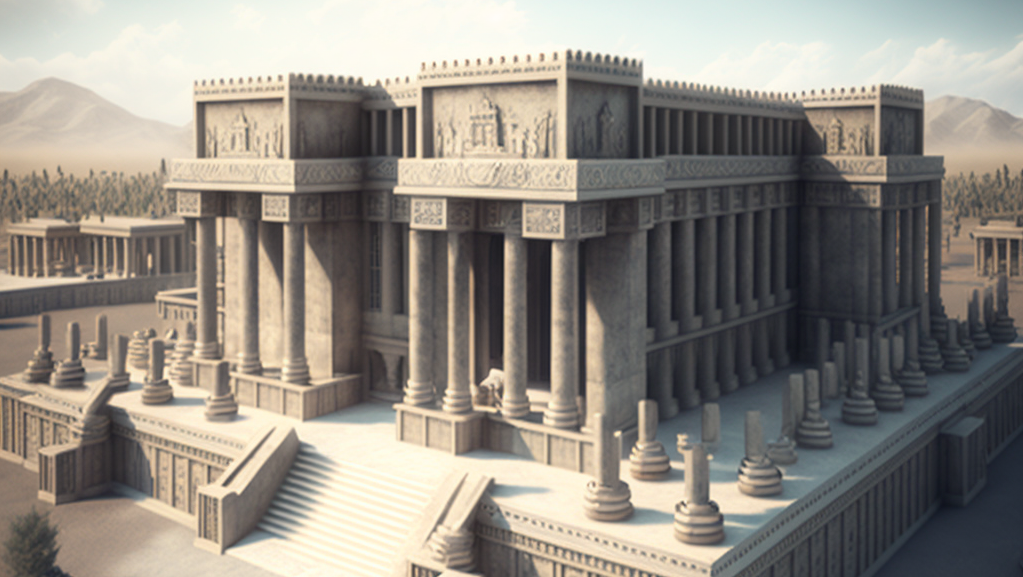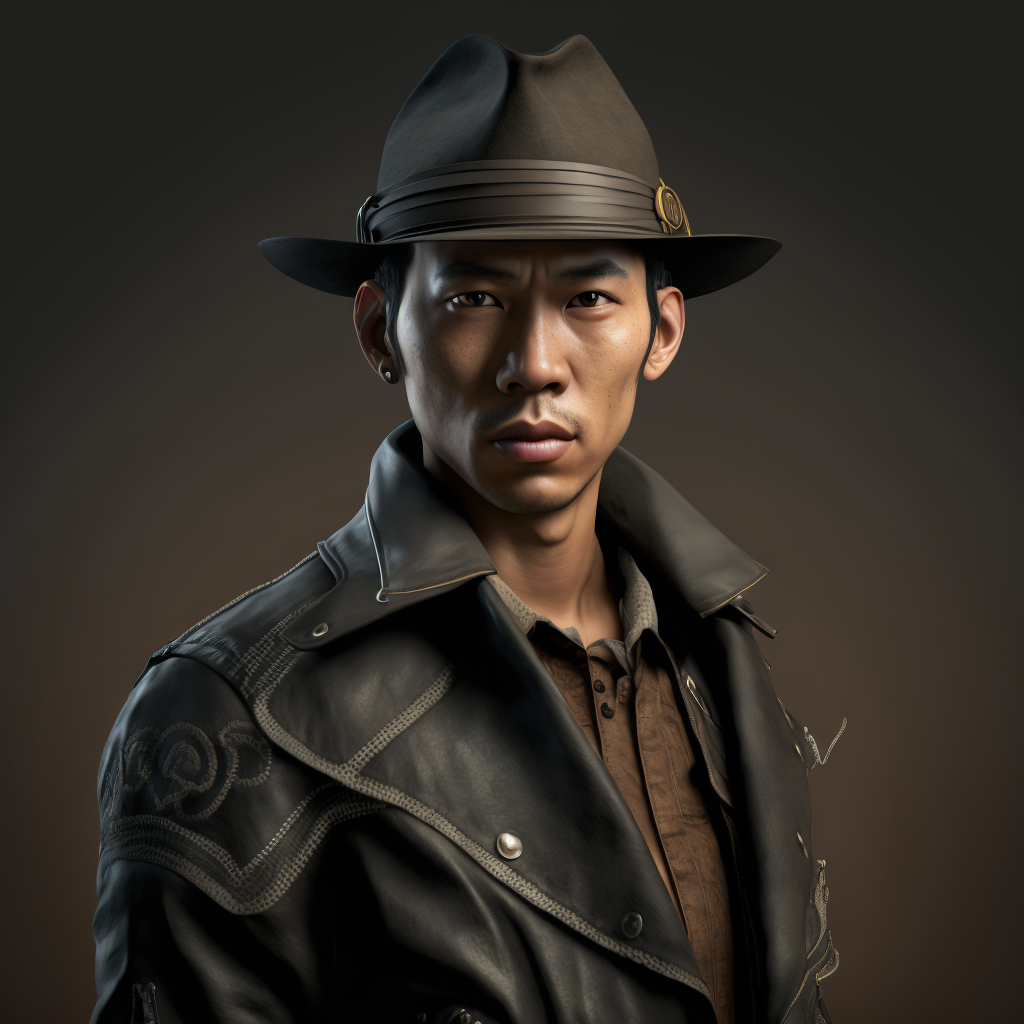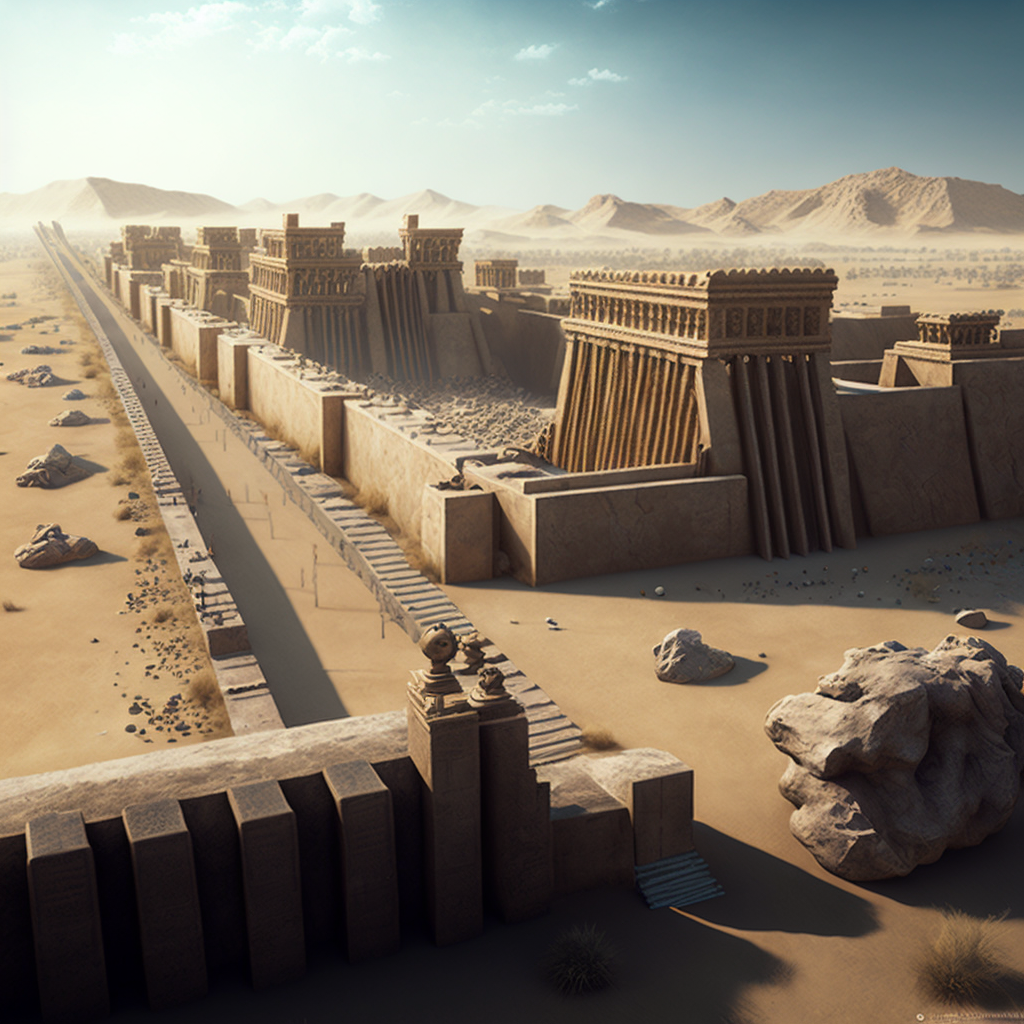Ruins of Persepolis
Persepolis is a very small city compared to some in modern Iran and Afghanistan. It was built up in VI century BCE by Cyrus the Great on the place of a previous settlement. Persepolis is a huge point of interest for The Fringe Society. Before 1979, a lot of artifacts were found there, artifacts that confirmed many theories about the real history of the world... As the ancient capital of the Akhemenid Persia, it was the place where all of the success of the Radiant Empire, magical or otherwise, was stored. Manuscripts, historical artifacts, even fragments of some famous buildings were brought here. Time Travelers claim that there was a very powerful Sending Stone there as well, it could be used to go as far as XII century AD, though not many people could handle going that far.
Unfortunately, the 1979 Islamic Revolution made this area inaccessible to most Fringe Archaeologists. Many artifacts were seemingly destroyed by the new regime which refused to accept anything but its own religion and conventional history. Who knows, maybe items that we could've found there would help us convince the world that real history was way different to what is being taught today...
Purpose / Function
Persepolis was built by kings of the Achaemenids (we call that country "Persian Empire" or "The Radiant Empire") as the seat of power and convergence of all that was significant from all the surrounding regions after the blight upon the face of the Earth known as The Dark Empire (the Assyrians) was extinguished. It was a city, but also a keep designed to make any invading army break their teeth trying to conquer it. It contained unknown numbers of hidden paths, using conventional and magical means, to keep Persepolis well-supplied. It also housed some of the most powerful magical artifacts around: a special structure was built to contain the raw magical energy that built up because of so many magical items being stored so close to each other. This structure was called The Temple of The Gates of All Nations.
Alterations
Over time, the city was maintained and kept strong through a combination of conventional and magical means. It was constantly updated and fortified to keep it safe from invading armies. As the city grew and the empire expanded, new buildings and structures were added to Persepolis, including palaces, temples, and gardens. The city became a center of trade, culture, and learning, attracting visitors from far and wide.
One of the most notable additions was the Palace of Xerxes. It was built in the 5th century BC by King Xerxes I, who ruled the empire from 486 to 465 BC. The palace was known for its grand size and opulence, with numerous halls, rooms, and gardens. It was decorated with intricate carvings and reliefs depicting the king's military conquests and the empire's wealth and power. The Palace of Xerxes was one of the main attractions of Persepolis, and it was visited by many dignitaries and officials from around the empire.
Architecture
Persepolis was a city known for its grand architecture and impressive buildings. The city was built on a grand scale, with wide avenues and large, open spaces. The buildings in Persepolis were made of sandstone and were decorated with intricate carvings and reliefs depicting the empire's wealth and power, as well as the multitude of cultures it contained. You could see Babylonian garden ornamentation, Egyption hieroglyphics, Jewish cornerstones and columns inspired by Greek temples.
Magic was often used to aid in the construction and maintenance of the buildings in Persepolis. For example, spells could have been used to move heavy stones or materials, or to shape and carve them more easily. It is also possible that magic was used to enhance the city's defenses, such as by creating magical barriers or traps to deter invaders - more on that later.
Defenses
The city of Persepolis had a magical defense system that was designed with the city's layout and architecture in mind. Analyzing the sources, I've noticed some elements that could point to a system using magical barriers or wards placed at strategic points around the city. These barriers could be activated in times of danger or conflict, using the principle of Collective Spellcasting and creating an impenetrable sand or fire wall around the city to protect it from invaders.
The barriers could also be designed to be activated by certain triggers, such as the presence of certain types of magical energy or the presence of specified unauthorized individuals within the city. This would allow the city's defenders to control who was able to enter and leave the city, and to protect it from external threats.
RUINED STRUCTURE
VI century AD
VI century AD
Founding Date
VI century BCE
Alternative Names
Takht-e-Jamshid, Czehel Menar, Sadestun
Type
Ruins
Chronicler:
Zikri Mohammad Rayyan
Zikri Mohammad is a well-known writer and publicist in the Fringe Society. Born in Kuala Lumpur in 1985, he finished University of Malaya and went on a string of archaeological expeditions all over South-Eastern and Central Asia. He's a learning genius: he was finished with the regions in just 10 years, and just when he was planning to go dig in China, he learned about the Fringe. Zikri Mohammad writes in a style that's more akin to modern history books: not too click-baity, but not too scientific either.
Remove these ads. Join the Worldbuilders Guild











Two things are most impressing on this article and world: Firstly the graphics are astounding - nothing more to say (buildings and scientist alike!). The second thing is the background of the archeologist and the city, both not European-Northamerican style, but one iranian/persian and one malayan. It made me stumble, as so many fiction is set in the european context, that I've totally missed that there are so many other regions with different history, scientific methods and political interests.
Thanks for a warm feedback!) That's the beauty of a setting based on history: it's usually shown to be too euro-centric, but you can make it not so in your stories ;)